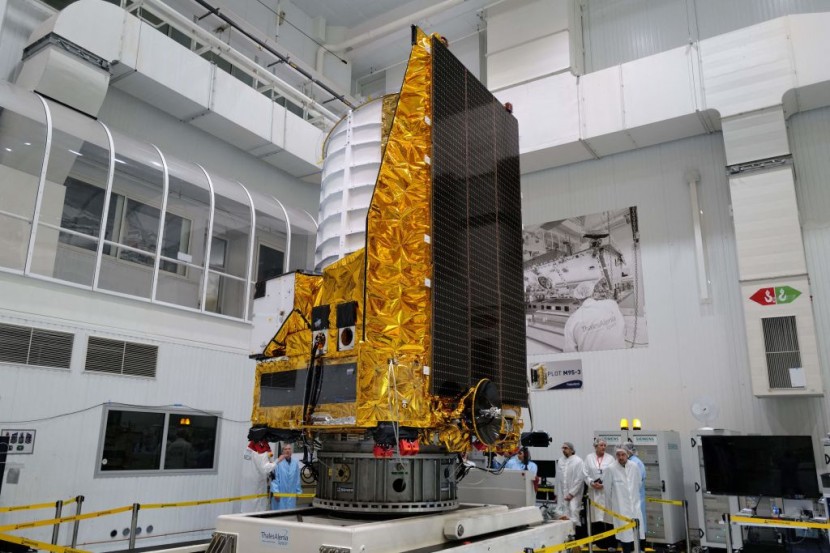The European Space Agency's (ESA) Euclid Telescope has sent back the first images of the cosmos as part of its "Dark Universe" mission to map out a third of the extragalactic sky.
The ESA shared the first photographs captured by the robotic telescope in space, which were five ethereal views of our universe. Euclid was initially launched in July and is currently on a mission to reveal how the mysterious influences of dark matter and dark energy have shaped the structure of the cosmos.
Euclid's Stunning Images of the Universe

The new images are only a taste of what scientists can expect the Euclid Telescope to achieve while out in the vast cosmos. In a statement, a cosmologist at NASA's Jet Propulsion Laboratory, Michael Seiffert, said that he was overwhelmed by the sheer scale of the data that Euclid provided.
Seiffert, who is a member of the Euclid mission, said that the ability to have really sharp images covering a wide field at the same time is just "really astounding." What is considered to be the most striking image is a shot of the Horsehead Nebula, as per the New York Times.
This is a star factory that is located 1,375 light-years away from Earth and has a distinct equine-shaped cloud. The photo shows reddish brown gas and dust churning with baby stars, young Jupiter-like worlds, and rogue planets detached from a host star. Massive infant stars are also seen casting the interstellar clouds of another nebula, NGC 2023, in a soft lavender glow.
Scientists also unveiled a spectacular view of the Perseus Cluster, which is an aggregation of galaxies located 240 million light-years away. The majority of the colored specks found in the image are not stars. Seiffert noted that these are actually galaxies but noted that some are so faint that they have never been seen before.
Welcome to the dazzling edge of darkness!🤩
— ESA's Euclid mission (@ESA_Euclid) November 7, 2023
The first images from #ESAEuclid are here:
razor-sharp, wide & looking far into the distant Universe. A trifecta never before achieved.
Explore these 5⃣ cosmic portraits that show Euclid's full potential https://t.co/5gI7zvAaY4 and👇 pic.twitter.com/viqWrx1dQ2
Experts also believe that free-floating stars, stripped from their galaxies and drifting in the spaces between, could also be nestled in the cluster. The team leading the mission also shared close-up images of galaxies that showed a wispy white spiral, IC 342, similar to our Milky Way, and an irregular dwarf galaxy, NGC 6822.
Read Also : James Webb Discovers Oldest Known Black Hole That Existed 470 Millions After the Big Bang
Creating the Largest 3D Map of the Cosmos
The new images were possible using Euclid's wide perspective that can record data from a part of the sky 100 times bigger than what NASA's James Webb Space Telescope is capable of capturing, according to CNN.
Euclid's observations also reveal previously unseen aspects of the cosmos that are expected to contribute to the telescope's main mission for the next six years. Euclid project scientist Rene Laureijs said that they have never seen astronomical images like these before that contain so much detail.
The telescope's grand objective is to create the largest cosmic 3D map ever created in the history of science. It would allow astronomers to infer the large-scale distribution of dark matter and reveal the influence of dark energy in the early universe.
Dark matter is said to pervade the universe and act as a cosmic glue that holds galaxies together. On the other hand, dark energy is the name that was given to an enigmatic force that is believed to be accelerating the expansion of the universe, said The Guardian.
Related Article : Japanese Scientists to Launch World's First Wooden Satellite Into Space
© 2026 HNGN, All rights reserved. Do not reproduce without permission.








